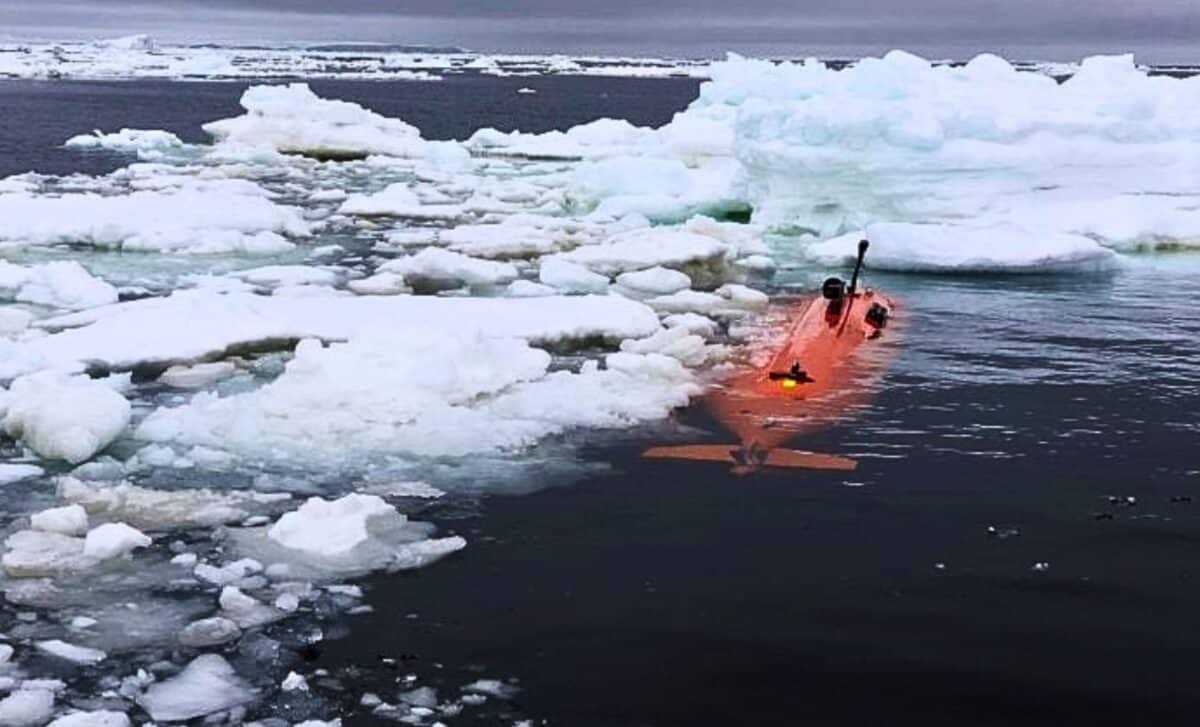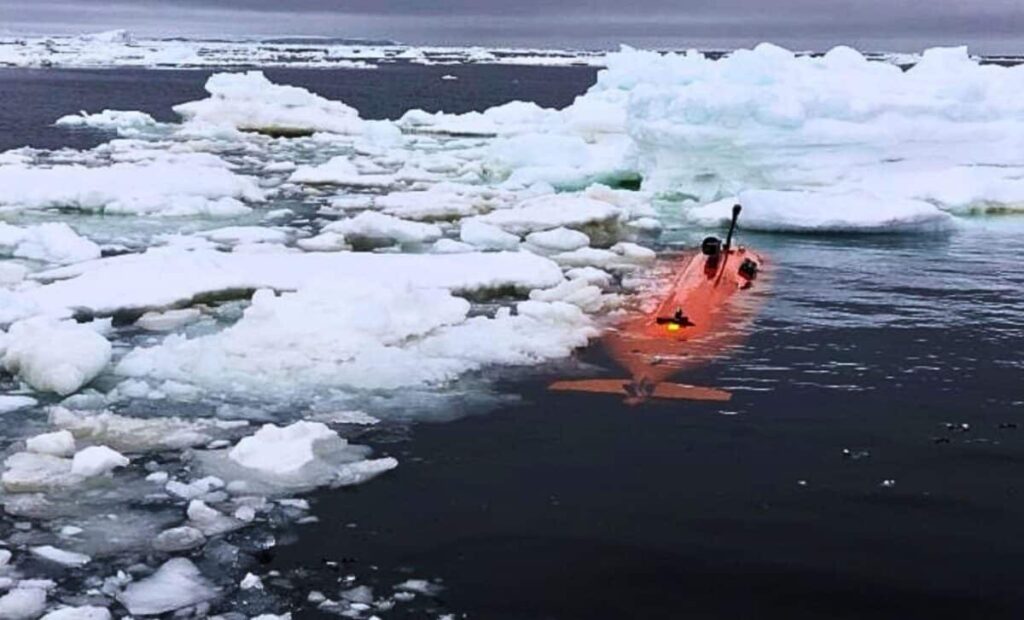Beneath the icy expanse of Antarctica, an advanced submersible uncovered stunning underwater structures that could rewrite what we know about polar ice. But just as its groundbreaking mission reached new depths, the vessel vanished without a trace. What secrets lie hidden beneath the ice—and what could have caused its mysterious disappearance?
The Dotson Ice Shelf in West Antarctica has become the focus of global attention following an extraordinary scientific discovery and a baffling event: the disappearance of an advanced submersible that had uncovered previously unknown underwater structures. This tale of exploration is as compelling as it is mysterious.
A Groundbreaking Mission beneath the Dotson Ice Shelf
In 2022, an international team of researchers, led by oceanography expert Anna Wåhlin, embarked on a daring mission to explore the hidden underwater world beneath the Dotson Ice Shelf. Their primary tool was “Ran,” a state-of-the-art autonomous underwater vehicle (AUV) measuring 20 feet (6.1 m) long. Designed for the harsh conditions of polar research, Ran was equipped with advanced sensors and multibeam sonar capable of mapping ice and seabed structures in unprecedented detail.

- Collision with an uncharted underwater formation that could have trapped or damaged the submersible.
- Interference by marine animals, such as seals, which are known to interact with underwater equipment.
- A technical failure that caused Ran to lose orientation or control in the challenging environment.

Implications for Climate Research and Beyond
The incident also highlights the limitations of current technology. Experts are calling for the development of more robust and adaptable underwater vehicles to mitigate risks in future explorations. Such advancements could have applications beyond Earth; similar technology may one day explore the icy moons Europa (orbiting Jupiter) or Enceladus (orbiting Saturn).
The enduring legacy of antarctic exploration
Despite the challenges, scientists remain undeterred in their mission to unlock the secrets of the Antarctic ice. The knowledge gained from such expeditions is critical not only for understanding the effects of climate change, but also for inspiring future technological innovations.
As Wåhlin’s team continues their work, they emphasize the need for perseverance: “The icy depths of Antarctica hold answers we need, but they don’t come without challenges.”


